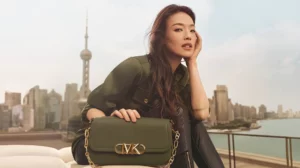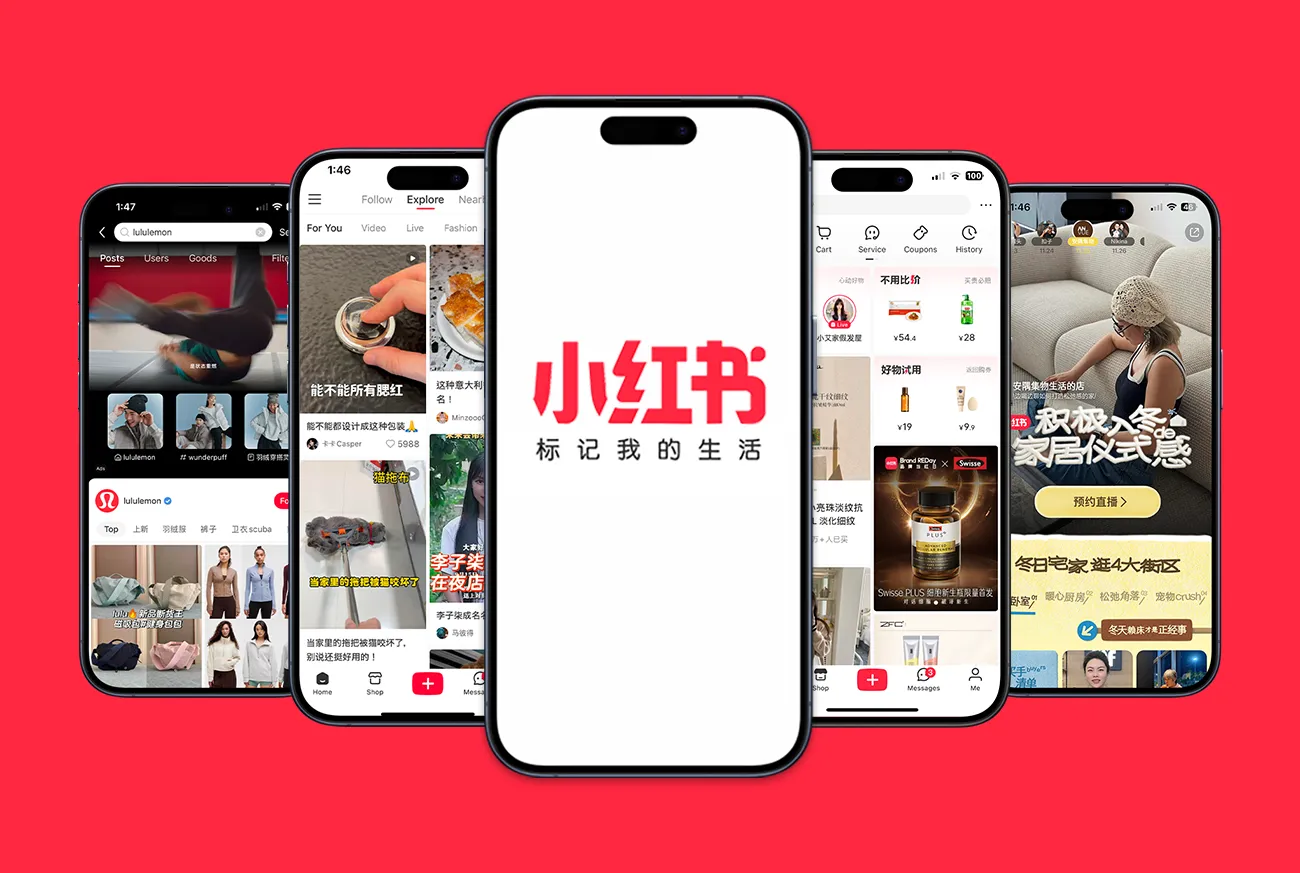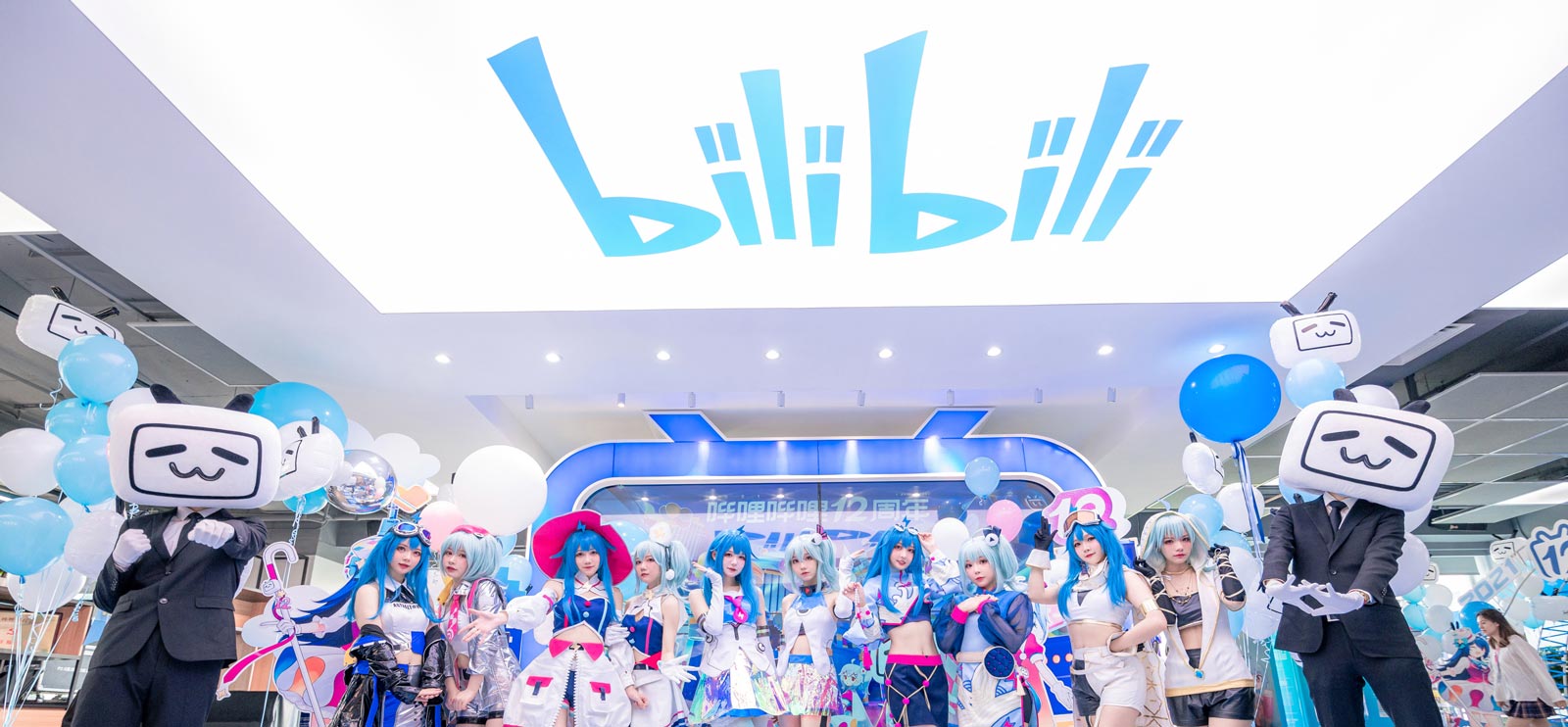Luxury brands obsess over Gen Z. They focus on young fandoms and viral trends. But they overlook a more important group. China’s Generation X is reaching its peak earning years. They are a critical consumer for luxury brands.
Gen X: A Closer Look
Gen X includes people born between 1965 and 1980. This group and millennials generate over 60% of China’s total income. Globally, Gen X spending will reach $15.2 trillion this year. That makes them the world’s second-largest consumer market. By 2035, this figure will grow to $23 trillion.
Why Gen X Is The Target
In China, Gen X came of age during the reform and opening-up era. They were among the first to travel abroad. They were the first to see European luxury houses arrive in Tier 1 cities. This shaped their taste for heritage and craftsmanship.
Their purchasing behavior is research-driven. They demand authenticity. They embraced the internet with a transactional mindset. They value convenience and transparency. They are skeptical of hype. This makes them a consumer base that values trust, quality, and reliability. They are less attracted to fast fashion. They are willing to pay a premium for craftsmanship. They value durability and service.
Gen X vs. Gen Z
Gen Z gravitates toward novelty. Gen X invests in established reputations and permanence. Gen Z engages with brands through entertainment. Gen X values convenience, trust, and personal attention.
Gen Z is growing up with many leading Chinese independent labels. Gen X’s first luxury experiences were with European prestige brands. This explains their brand preferences.
What Luxury Brands Should Do?
Do not abandon younger shoppers. Broaden your focus. Here is how you can engage Gen X.
- Tell stories about heritage and craftsmanship. This resonates with a generation that first met luxury through European prestige.
- Provide service innovation. This includes concierge programs and personalized digital experiences. This speaks to their desire for convenience and trust.
- Embrace sustainability as a philosophy, not a marketing message. Embed it in sourcing and production.
- Use cultural icons who resonate across generations. For example, Maison Valentino chose pop icon Jolin Tsai, age 44. Salvatore Ferragamo chose Gao Yuanyuan, in her mid-40s. These choices show a move away from Gen Z focused talent.

Being current online does not always equal commercial viability. Gen Z’s purchasing power will grow. But they will not command the same spending power as Gen X in the next decade.
Need a tailored China strategy? We can help you navigate this complex market. Our team specializes in helping brands connect with the right audience. Contact us today for a consultation.



